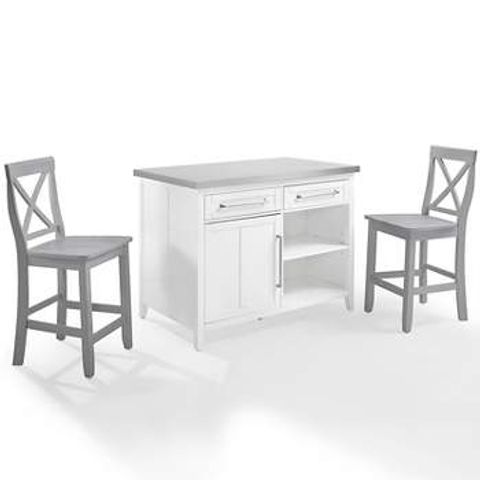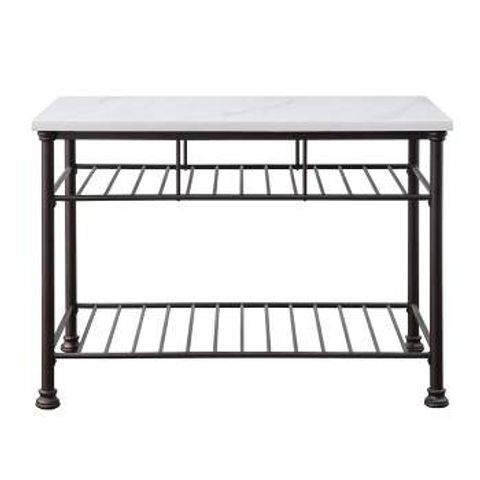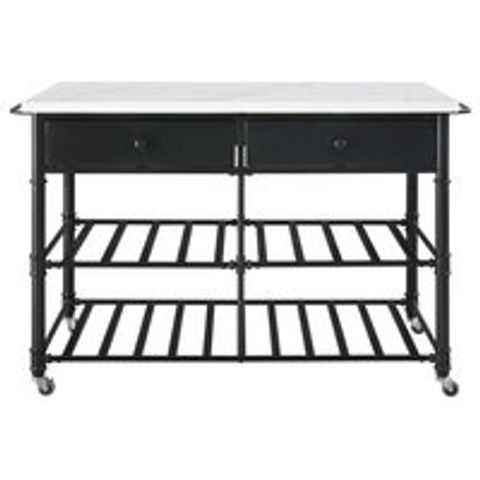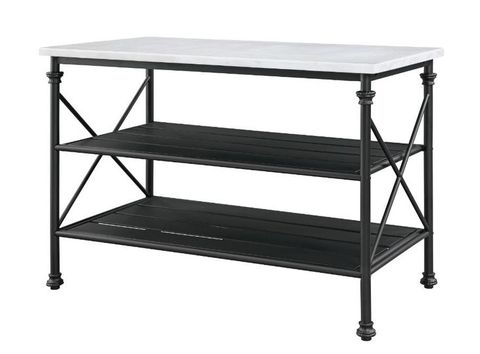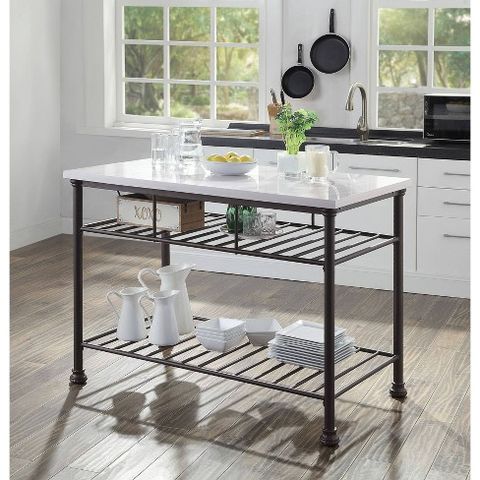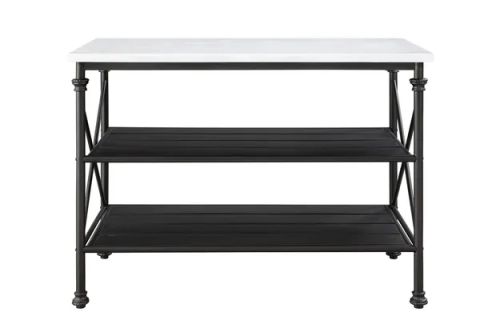Hello, design enthusiasts and construction buffs. I’m here today to delve into a topic that’s been steadily gaining traction in the world of building and design: cultured stone. You might have heard the term, perhaps seen it in a home improvement show, and wondered what all the fuss is about. Well, let’s find out. I’m excited to share my insights and experiences and explore the appeal of this increasingly popular building material, and believe me, there’s quite a bit to unpack. I’ll be discussing its advantages, how it stacks up against the competition, and why it’s becoming a go-to choice for both homeowners and professionals alike.
For years, natural stone like granite and marble has been the gold standard of elegance and durability in construction. But it comes with a hefty price tag, labor-intensive installation, and environmental considerations. Enter cultured stone – a manufactured product designed to mimic the look and feel of natural stone, but with a host of advantages. Think of it as the smart, stylish sibling of its natural counterpart. This article will explore why cultured stone is experiencing a surge in popularity, examining its benefits, applications, and how it’s revolutionizing the way we approach design and construction. Get ready to discover why so many people are making the switch and how cultured stone might be the perfect fit for your next project. And, just so you know, I’ll be using the term ‘cultured stone’ and ‘manufactured stone’ pretty much interchangeably.
What Exactly is Cultured Stone?
Okay, so what exactly are we talking about when we say ‘cultured stone’? In essence, it’s a man-made product that replicates the look of natural stone. It’s typically made from a mixture of cement, lightweight aggregates (like pumice or shale), and pigments. These components are poured into molds that are cast from real stone, giving each piece a unique texture and appearance. This process allows manufacturers to replicate a wide range of stone types, from rugged fieldstone to smooth, sophisticated limestone. The results are pretty amazing, and the variety is truly impressive. Think of it as a chameleon of the building world – it can take on any look you want.
The Advantages: Why Choose Cultured Stone?
Let’s get down to brass tacks. Why is cultured stone so popular? Several key advantages make it a compelling choice:
- Cost-Effectiveness: Cultured stone is usually significantly less expensive than natural stone. This allows you to achieve a high-end look without breaking the bank.
- Lightweight: This makes it easier to install, which can reduce labor costs and installation time. It also puts less strain on the underlying structure of your building.
- Versatility: It comes in a huge variety of styles, colors, and textures, allowing you to match almost any design aesthetic. Whether you’re going for a rustic, modern, or classic look, there’s a cultured stone option for you.
- Durability: While it’s not indestructible, cultured stone is very durable and resistant to weathering, fading, and cracking. It can handle the elements pretty well.
- Easy Installation: The lighter weight and design of cultured stone often make installation simpler compared to natural stone. This can reduce labor costs and the overall time it takes to complete a project.
- Environmental Considerations: In some cases, the manufacturing process of cultured stone can be less environmentally impactful than quarrying and transporting natural stone. Less waste, and smaller carbon footprint, which is always a plus.
And, this is all super important when you’re weighing your options. Let’s say you’re renovating your fireplace. Cultured stone offers a stunning look at a fraction of the price and weight compared to natural stone. Or, perhaps you’re building an outdoor kitchen. Cultured stone’s durability will help it withstand the elements, year after year.
Applications: Where Can You Use Cultured Stone?
The beauty of cultured stone is its adaptability. You can use it in a bunch of different ways, inside and out, to spice up your space. Here are some popular applications:
- Exterior Facades: It’s a fantastic choice for cladding the exterior walls of your home, adding curb appeal and protection from the elements. It’s a great way to make a statement from the street.
- Fireplaces: Whether it’s a cozy living room or a grand family space, cultured stone can transform a fireplace into a stunning focal point.
- Interior Accent Walls: Add a touch of texture and visual interest to any room with an accent wall. Think of a feature wall in your living room or master bedroom.
- Outdoor Kitchens and Patios: Cultured stone is perfect for creating durable and stylish outdoor spaces, from grilling areas to seating walls. It can withstand the weather, and it looks great.
- Landscaping: Use it for retaining walls, garden features, and other landscaping elements to add a touch of elegance to your outdoor space.
I’ve seen some truly remarkable transformations using cultured stone in all these applications. It’s amazing how a simple change can dramatically impact the overall feel of a space.
Cultured Stone vs. Natural Stone: A Comparison
Let’s take a closer look at how cultured stone stacks up against its natural counterpart:
| Feature | Cultured Stone | Natural Stone |
|---|---|---|
| Cost | Significantly less expensive | Generally, much more expensive |
| Weight | Lighter | Heavier |
| Installation | Easier, often faster | More complex, potentially more time-consuming |
| Durability | High, resistant to weather and fading | High, but can be susceptible to staining and damage |
| Appearance | Wide variety of styles, colors, and textures | Each piece is unique, with natural variations |
| Maintenance | Relatively low maintenance | May require more frequent sealing and cleaning |
As you can see, both have their strengths. Natural stone offers unmatched beauty and uniqueness, but cultured stone provides a more budget-friendly, and often easier-to-install, alternative. It really comes down to your needs, budget, and the look you’re trying to achieve. And, the fact that cultured stone has come so far in mimicking nature stone is a testament to the advancements in manufacturing.
Installation Tips and Things to Consider
If you’re considering using cultured stone, here are a few things to keep in mind:
- Professional Installation: While some DIYers might be tempted, professional installation is often recommended, especially for larger projects. A skilled installer will ensure proper placement, sealing, and overall aesthetic appeal. And, it will save you time and headaches.
- Surface Preparation: The surface you’re applying the stone to needs to be clean, level, and properly prepared. This is critical for ensuring a strong bond.
- Mortar and Adhesives: Use the correct type of mortar and adhesives recommended by the manufacturer. This is key for long-term durability.
- Sealing: While cultured stone is generally durable, sealing can help protect it from stains and moisture, especially in outdoor applications.
- Color Variation: Be aware that there might be slight color variations between batches of cultured stone. It’s a good idea to order a bit extra to ensure a consistent look. And, it’s always a good idea to have some extra on hand, just in case.
- Maintenance: Cleaning is usually simple – just a mild soap and water solution. Avoid harsh chemicals that could damage the surface. And it’s pretty easy to keep looking good.
And, as with any home improvement project, always do your research, get multiple quotes, and choose a reputable contractor if you’re not doing the work yourself. That’s just good advice in any situation.
Looking Ahead: The Future of Cultured Stone
The future looks bright for cultured stone. As technology advances, we can expect even more realistic and durable products. Manufacturers are constantly improving their techniques, creating even more diverse styles and finishes. We can expect to see more innovative designs and applications in the years to come. And, with a growing focus on sustainability, we might even see further developments in eco-friendly manufacturing processes. This is going to be an interesting area to keep an eye on in the coming years, I think.
So, there you have it. Cultured stone offers a compelling blend of beauty, durability, and affordability, making it a fantastic choice for a wide range of construction and design projects. From enhancing your home’s curb appeal to creating a stunning fireplace, the possibilities are vast. Whether you’re a homeowner looking to renovate or a professional in the construction industry, cultured stone deserves your attention. By understanding its advantages and applications, you can harness its potential to create beautiful, long-lasting spaces. I hope this deep dive into cultured stone has been helpful. Thanks for joining me today, and happy building. And, I hope to see you next time.


